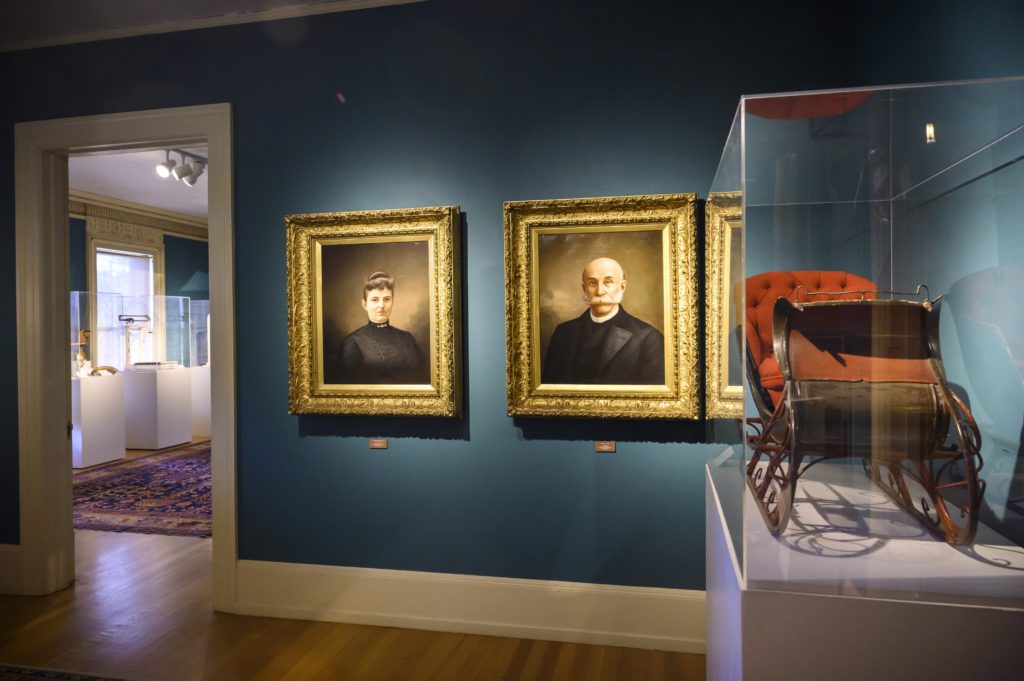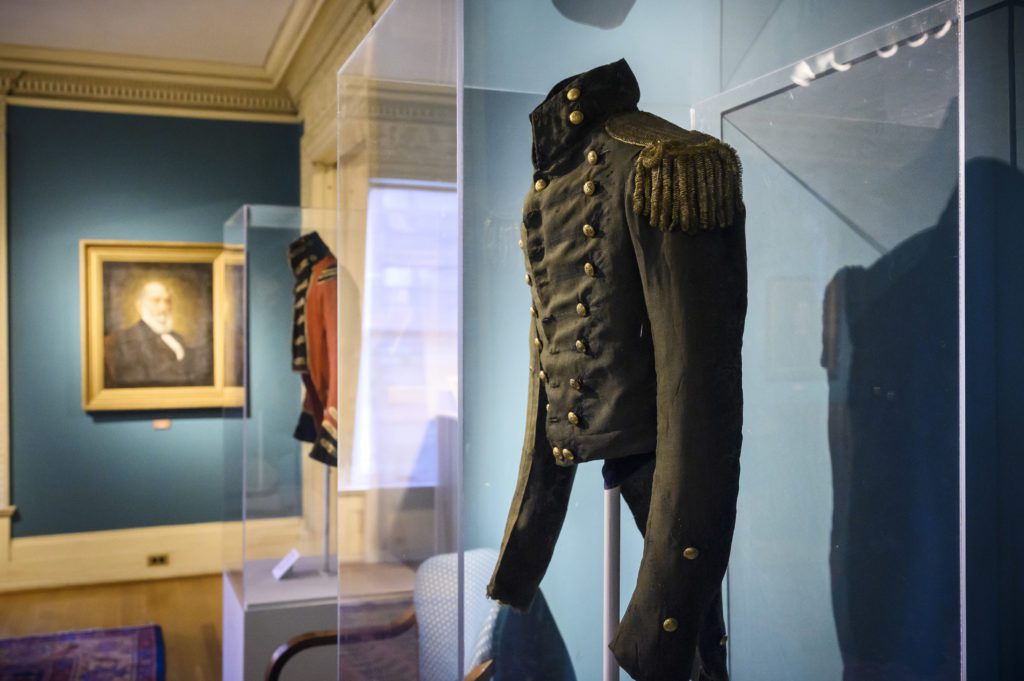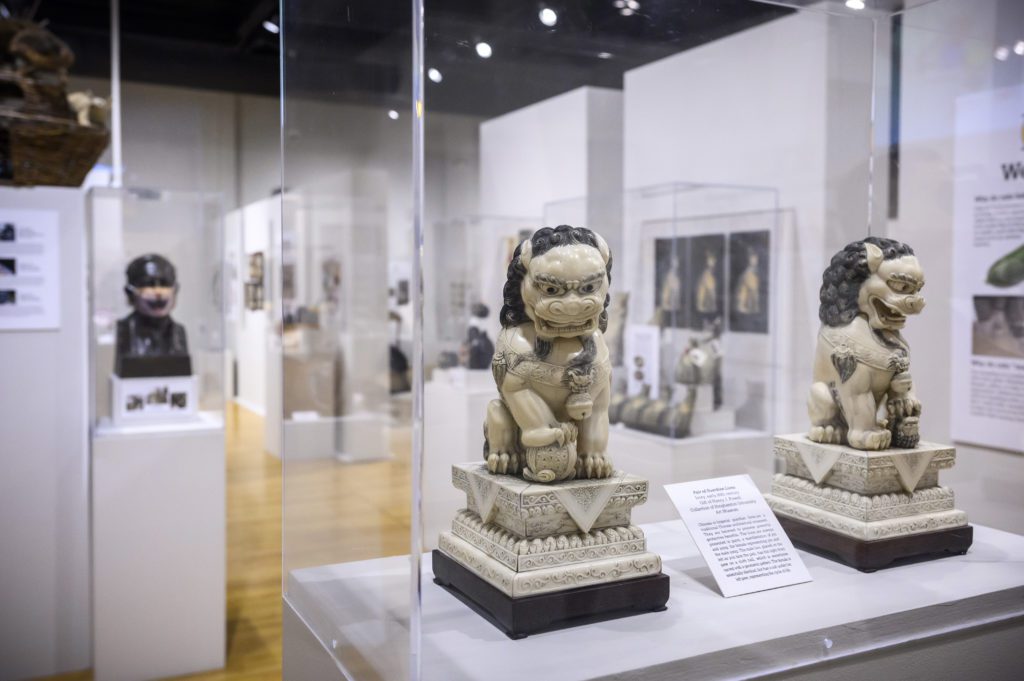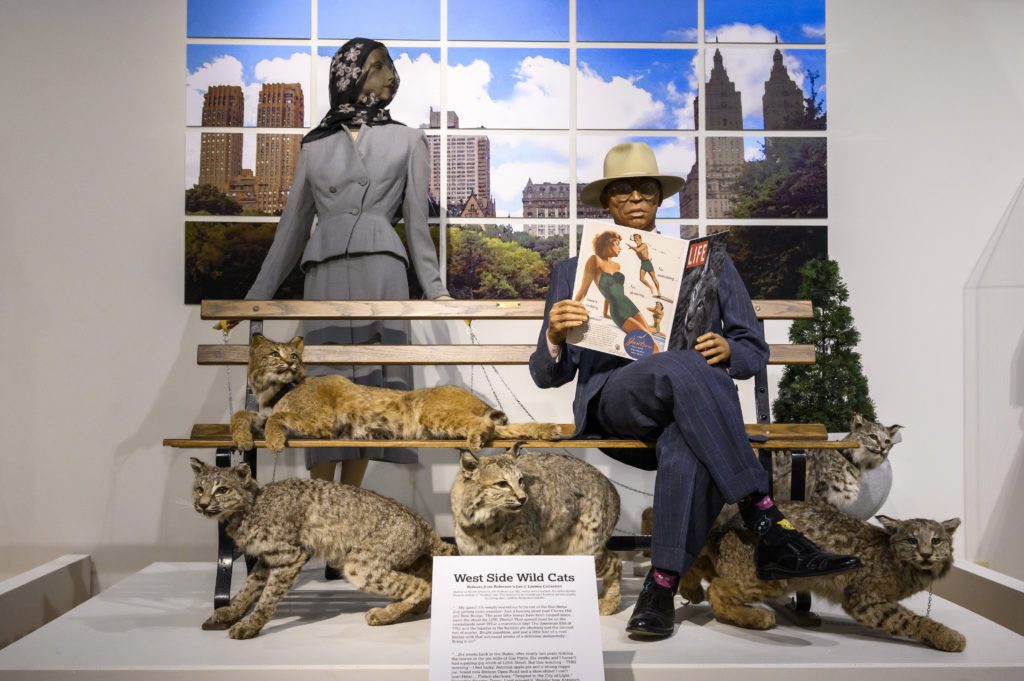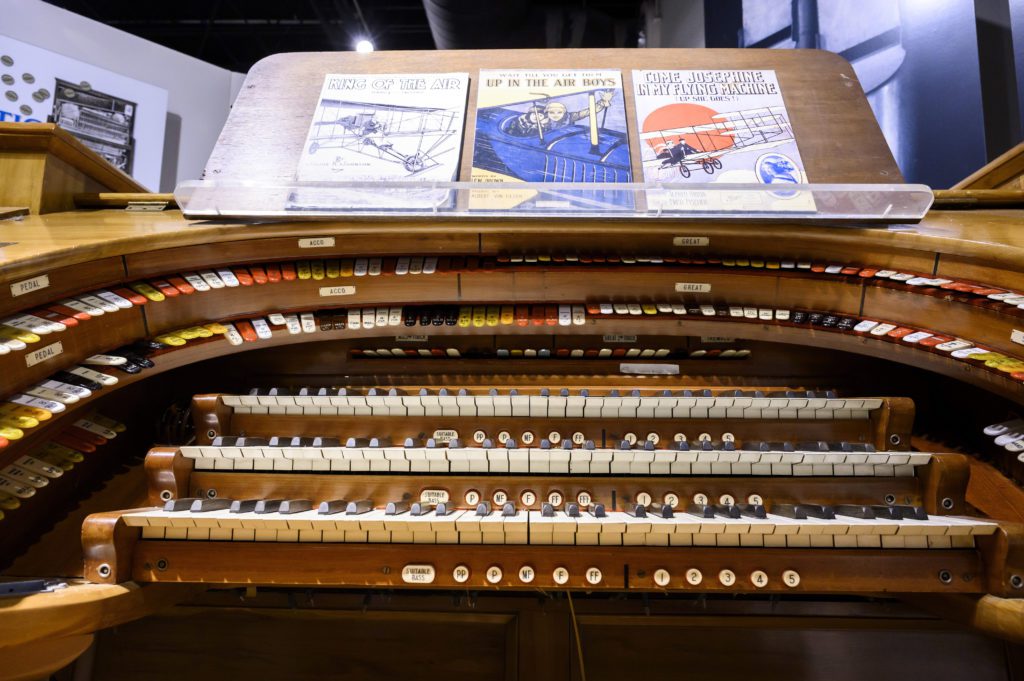From Mansion to Museum: Connecting Art, History, Science and Community in Binghamton
As a building, the Roberson Museum and Science Center is a community gem. The mansion, a centerpiece among numerous additions, was completed in 1906. It is a treasured structure in the city of Binghamton, with vintage detail throughout. It’s where the idea of a community space for art, history and science was born more than 65 years ago, when it was gifted to the people of Binghamton for that purpose.
In 1954, the progressive Roberson family left the property to the community at large as an arts and cultural center. At first, it played host to dance classes, a painting studio and even an incubator of sorts for arts-focused nonprofits that still exist to this day.

“That’s when we really went from being an art and cultural center to a museum,” Executive Director Michael Grasso said. “The Robersons specified they wanted it to be used by everyone.
Designated by the Roberson family as a place to discuss politics, religion, art, philosophy, literature and the like, it first expanded in the mid-1960s, when a theater, gallery spaces and planetarium were added.
“The house was never meant to be a historic home, it was meant to be a vibrant, living thing,” he said.
It’s maintained that status for decades and today draws lines between art, history and science for the Greater Binghamton community.
“During my time here, the priority has really been ensuring we are meeting the needs of the community,” Grasso said. “Things have changed in Binghamton since Roberson was founded and we have a long legacy of continuing to serve the community over those many decades.”
Grasso has a very personal connection to the Roberson, going back to the days of his youth growing up in nearby Endicott.
“This was my first museum experience and I have really fond memories of going to the planetarium and seeing different exhibits that were up at the time and memories of the museum being a vibrant and exciting place to be,” he said. “It was a treat to be able to come here.”
And it’s his goal to make sure it still is, not just for kids, but families of all ages. There are core experiences that have fascinated visitors for years like the planetarium and an exhibit about Haudenosaunee native Americans who inhabited the area long before Binghamton became an industrial powerhouse in the 1800s. There is always art here, including pieces from around the world and the region as well.

“It’s important that we provide the best possible museum experience so that when folks come here, they feel like they’re getting our very best and we’re teaching them something about art, history and science,” Grasso said. “Roberson is unique in a variety of ways. We’re often thought of as a community gem, a treasure that has been longstanding and deeply valued by the people who live here and the people who visit.
“Roberson is also somewhat unusual in that we focus on three different content areas: we’re a museum of art, we’re a museum of history and we’re a science center,” he said. “We find the confluence between all of them.”
What about the artwork, for example, has a historical value? What is the artistic value of some of the sciences? What kind of science goes into art? These are just some of the questions exhibits and activities push visitors to consider.
“A family can expect to spend several hours on a variety of different subjects,” Grasso said. “The nice thing about the museum is we have something for everybody and for all age groups.”
It captures the creative spirit of Binghamton too and the Roberson Museum and Science Center does its best to play its own role.
“I see Greater Binghamton as a very positive place where we are always looking toward the future, looking for the next thing,” Grasso said. “There is an important history here of innovation. We’re still looking forward.”
